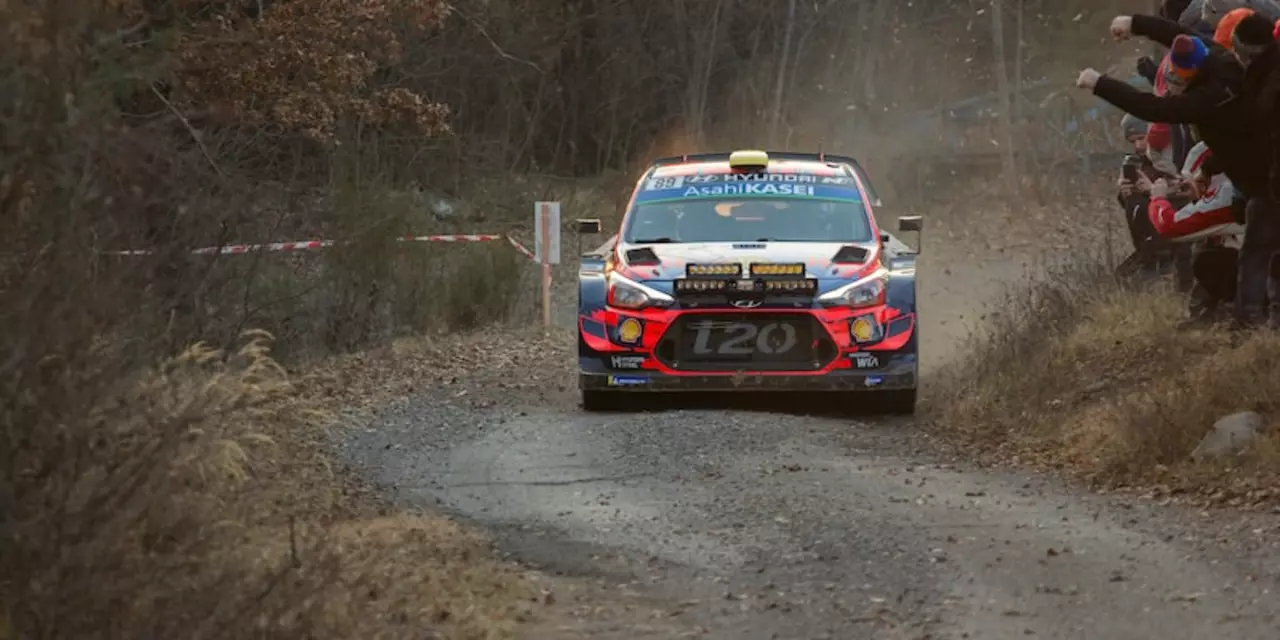Rally Races: The Basics, Gear, and How to Get Involved
Rally racing isn’t just fast cars on a track – it’s a mix of rugged terrain, split‑second decisions, and teamwork. Whether you’re watching a mountain stage or dreaming of driving one yourself, knowing the core elements makes the sport way more exciting.
What Makes a Rally Race Different?
Unlike circuit racing, rally stages are set on real roads – gravel, mud, snow, you name it. Drivers have to balance speed with control, because one slip can end a run fast. The route is broken into timed sections called *special stages*, and the total time decides the winner. That’s why endurance, patience, and a good co‑pilot are as important as raw horsepower.
Key Gear: Handbrake, Sticks, and Car Choice
One tool you’ll see a lot is the handbrake. Rally drivers use it to lock the rear wheels for tight corner tricks – think a quick pivot around a hairpin. Most cars also have two “sticks”: the gear lever for shifting and the handbrake lever for those bursts of sideways motion. As for the car itself, many wonder if front‑wheel‑drive (FWD) can keep up. The answer is yes, but only in the right conditions. FWD gives predictable handling and good weight over the driven wheels, which helps on loose surfaces. Still, 4WD remains the go‑to for the toughest off‑road stages.
Choosing a car often means picking a hatchback for dirt rallies. Hatchbacks are light, have a low center of gravity, and are easy to modify for better traction. That’s why you’ll see them dominate the dirt‑only events.
Don’t forget the co‑pilot. Their job is to read pace notes and call out every upcoming turn, jump, or hazard. Without clear directions, even the best driver can get lost or miss a critical braking point. Think of the co‑pilot as the driver’s eyes on the map while the driver focuses on the road.
If you’re a teen or a newcomer, start by joining a local rally club. Get a basic safety kit, practice on lower‑speed stages, and watch plenty of live events. Simulators can also help – virtual dirt rally games let you feel the car’s behavior without the risk, and many skills transfer to real life.
Rally racing strategy is all about playing the long game. Unlike Formula 1, where you sprint a set circuit, rally drivers aim to preserve the car, choose the right line, and adapt to changing surfaces every few minutes. Quick pit stops matter, but keeping the car on its feet is the real win.
Ready to feel the rush? Keep an eye on upcoming events, follow the latest car setups, and remember that every rally race is a story of skill, teamwork, and raw excitement. Dive in, and you’ll see why fans call it the ultimate motorsport adventure.

How many spectators are killed in rally races?
Rally racing is one of the most dangerous motorsports with a high chance of fatalities, both among drivers and spectators. Since the birth of rallying in the early 1900s, hundreds of drivers, co-drivers, and spectators have been killed in rally accidents. The exact number of spectators killed in rally races is difficult to pinpoint, but the most recent estimates suggest it could be as high as 150.